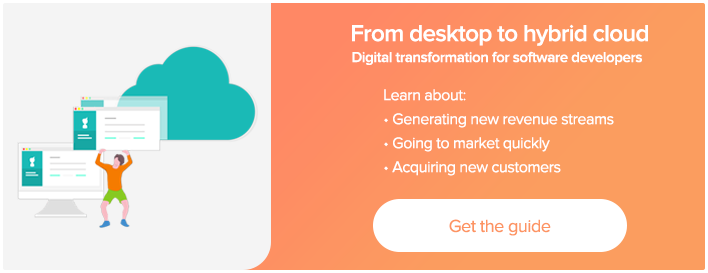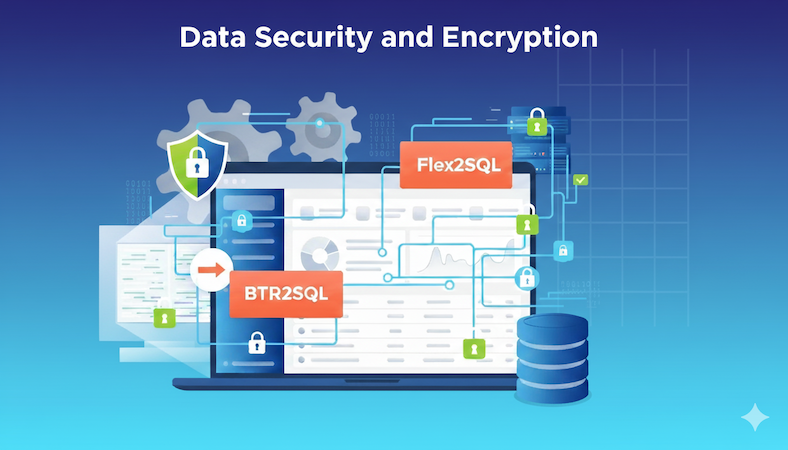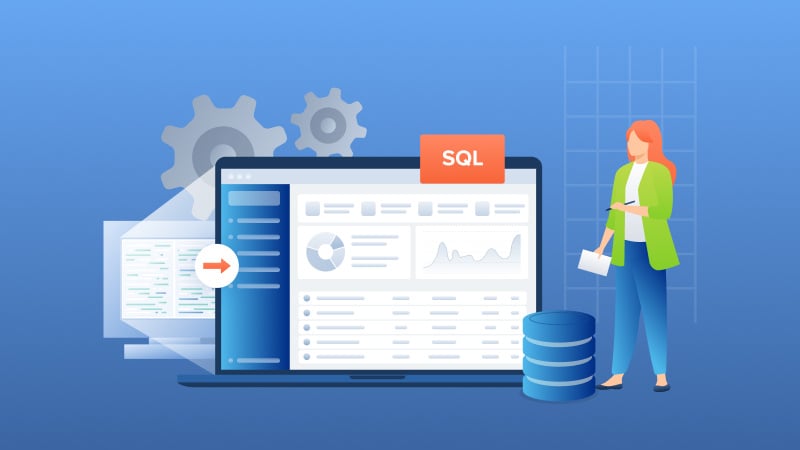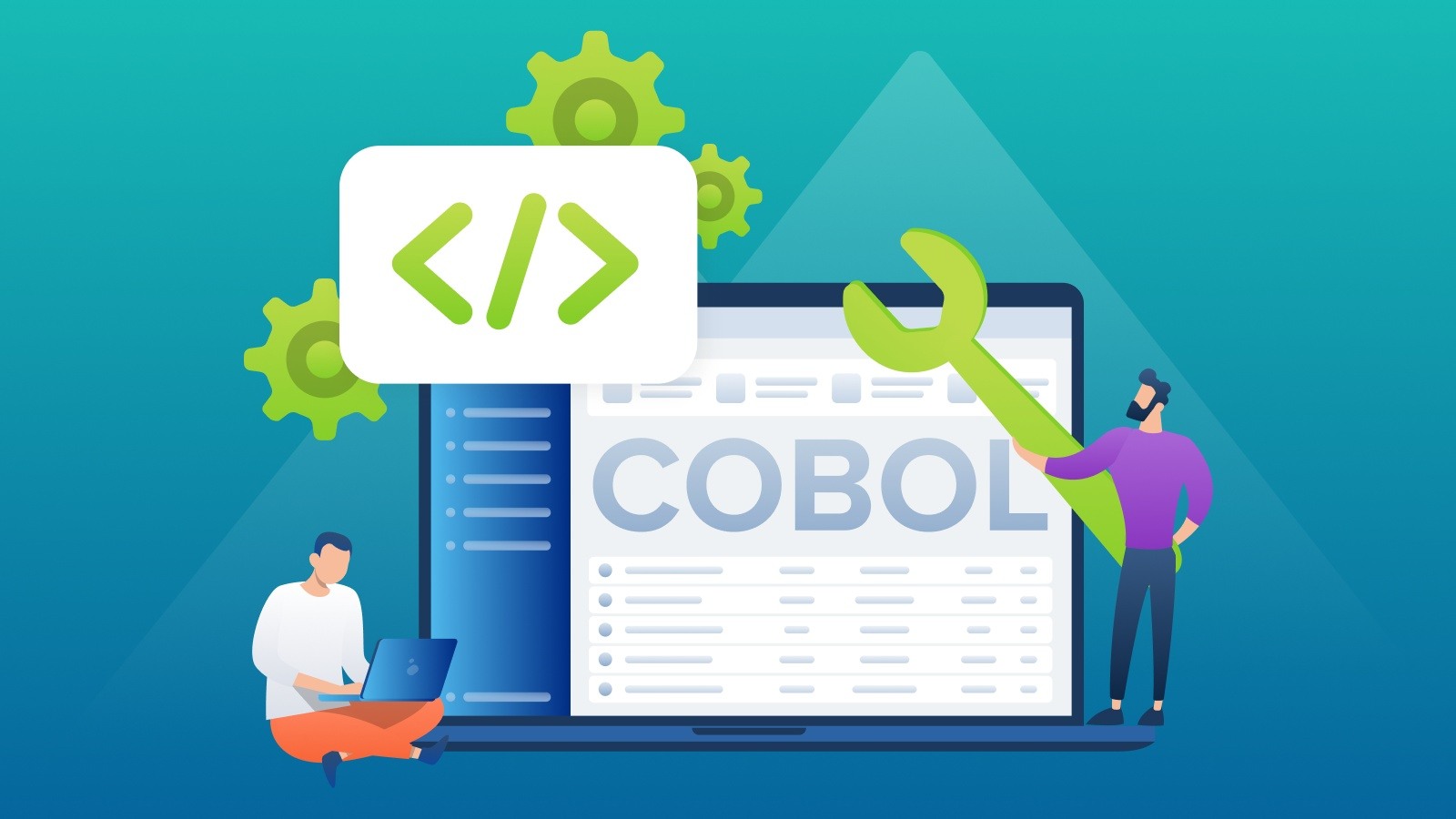Data Security with Flex2SQL and BTR2SQL Connectivity Products
The most common reason for Enterprises looking to migrate from legacy Btrieve or DataFlex databases is the urgent need to address security and...

We live in a connected world where hardware and software “talk” to each other over the Internet, creating the Internet of Things (IoT). The IoT is built on two key technologies: cloud computing and web APIs. While you’re likely familiar with the cloud (as well as the many service providers promising to take you there), you might be less familiar with the concept of web APIs.
Here, we’ll give you our take on web APIs and why they’re essential, including discussing their inherent benefits and challenges.
APIs have existed since the earliest days of computing and are at the heart of almost every business application. At their core, APIs are facilitators. By providing communication standards, they make it easy for one program to request another external program's action (or function).
Pre-Internet, APIs facilitated only local conversations. Programs within the same network could easily share essential data and functions using APIs, but talking to applications outside your network was difficult.
Now, applications can call “web” APIs over the Internet, allowing distributed program-to-program conversations. Programs running anywhere in the world, on desktops, web browsers, and mobile devices, can all speak to each other thanks to the facilitative power of web APIs, creating the new, connected world that we call the Internet of Things.
At a high level, web APIs function exactly like “normal” APIs, simply facilitating conversations between two programs. They take requests from one program and send back responses from another. It just so happens that these request-response conversations take place over the Internet (i.e., use Internet-based transport methods), providing both incredible advantages and unique challenges.
You reap the benefits of these web-based conversations each time you use your iPhone to ask Google Maps for directions or whenever you deposit a check through your bank’s mobile app. Most Internet-based actions are powered by a web API that takes your request, sends it to the program you want to talk to, and triggers the necessary action.
This new world has proven helpful for individual consumers, but it’s even more beneficial for businesses. Before web APIs’ existence, businesses had to provide physical access to data or business logic they wanted to share with consumers or other businesses. This hurdle often made it difficult for businesses to reach potential customers or collaborate with other vendors.
Now, this access and collaboration is just a web API away. If an organization wants to share information across the Internet, creating a web API is the best way.
So we made web APIs sound simple, right? Not so fast. There are a couple of key underlying assumptions that we glossed over when explaining web API’s benefits above.
The Internet isn’t a magical place where all programs can immediately talk to each other because web APIs exist. Each web API uses a protocol to standardize communication between disparate programs and functions. Protocols define how an API receives a program’s request and outputs a response, eliminating any “language barrier” between programs and functions written in different programming languages.
The problem is that just as there are many different programming languages, there are also as many protocols! One organization’s APIs might be structured to transmit information using JSON-RPC or SOAP, while others use REST or XML. This isn't a problem if you want to access only one API. But it becomes problematic if, for example, you want to refine data using multiple APIs, which is a key benefit of sharing information over the Internet.
At the same time, many organizations that existed before the prevalence of web APIs are still figuring out how to connect to the Internet of Things and what to share over that connection. Particularly sensitive information or functions might not be appropriate to release to the web, and developers or organizations still working within a closed-system world can sometimes struggle to go local to global access.
There are solutions to both problems laid out above, as evidenced by the increasing prevalence of the Internet of Things. But several other considerations go into successfully understanding (as well as creating and deploying) web APIs. You can find a discussion of some of those considerations in this blog.
Learn how to transform your Windows Desktop Applications to
Hybrid Cloud Applications with Thriftly.io

The most common reason for Enterprises looking to migrate from legacy Btrieve or DataFlex databases is the urgent need to address security and...

Introduction Many independent software vendors (ISV) and corporate users still rely on applications that use a category of database collective called...

COBOL applications are the foundation of numerous essential business functions, especially within the banking, insurance, and government sectors....